World Fine Art Professionals and their Key-Pieces, 296 - Hokusai
World Fine Art Professionals and their Key-Pieces, 296 – Hokusai
Hokusa ‘s most famous work is’ The Great Wave at Kanagawa’, where a few boats try to sail on a sea of gigantic waves. The largest wave in particular is impressive and looks like a monster with claws. This wave represents the power of nature and likewise the power of the rowers in the boats. In the background is Mount Fuji.
Since then, this work has inspired many artists, as well as many drafters of political prints. One of those artists was Vincent van Gogh, whose Starry Night was partly created by The Great Wave of Hokusai.
Woodblock print
Hokusai, is a Japanese artist, and one of the best known today. He became famous as an ukiyo-e painter and graphic artist. Born in 1760 in Edo (now Tokyo), he is best known as the creator of the woodblock print series ’36 Views of Mount Fuji ‘. One of those 36 is ‘The Great Wave at Kanagawa’.
Ukiyo-e is a genre of Japanese art that flourished from the 17th to the 19th century. The artists made woodcuts and paintings with subjects such as female beauties, kabuki actors and sumo wrestlers, scenes from history and folk tales; travel scenes and landscapes, flora and fauna and … eroticism.
From portraits to landscapes
Hokusai transformed the ukiyo-e art form from a portrait style of courtesans and actors to a much broader art style that focused on landscapes, plants and animals. In addition to woodblock prints, he designed and painted book illustrations, including his own educational Hokusai Manga, which consists of thousands of images of every subject imaginable. He divided it into fifteen parts.
Artisan family
Hokusai’s date of birth is unclear, but it is often stated as the 23rd day of the 9th month of the 10th year of the Hōreki era (in the old calendar, or October 31, 1760). He came from an artisan family in the Katsushika district of Edo, Japan. He was given the name Tokitarō. His father was most likely a mirror maker for the shogun. He never made his son an heir, possibly because his mother was a concubine. Hokusai started painting around the age of six.
Hokusai was known by at least thirty names during his lifetime. While the use of multiple names was a common practice of Japanese artists at the time, his number of pseudonyms surpasses that of any other great Japanese artist.
Bookstore
At the age of 12, his father sent him to a bookshop and lending library, a popular institution in Japanese cities. Reading books made from wood carving blocks was popular with the middle and upper classes. At the age of 14 he started working as an apprentice at a woodcarver. He did this until he was 18, when he entered the studio of Katsukawa Shunshō. Shunshō was an artist of the ukiyo-e, the style of woodcuts and painting that Hokusai would master to perfection. Shunshō was the leading artist of the so-called Katsukawa school.
Manga
In 1811, at the age of 51, when Hokusai changed his name to Taito, the period began in which he created the ‘Hokusai Manga’ and various art manuals. These manuals, which began in 1812 with ‘Quick Lessons for Simple Drawing’, were intended as a way to make money and bring in more students. The first volume of Manga – meaning random drawings – was published in 1814 and was an instant success. By 1820 he had produced twelve volumes (and three more were published posthumously) containing thousands of drawings of objects, plants, animals, religious figures and ordinary people, often with a humorous undertone.
On the run
Hokusai has been married twice. He had five children. His first son and grandson put him into debt, forcing him to be constantly on the run from his creditors. It was supposed to be a period in which he could rest on his laurels and live in Edo as a successful artist, but that was in vain. He may have had 93 houses in total, but he had to leave them every time because he could not pay the rent. He once joked that it is better to move than to clean up.
At the age of 68 he suffered a stroke from which he was cured thanks to traditional medicine. As if this were not enough, ten years later (1839) his house burned down, along with all his notes and sketches. But he kept going. He made his best-known works after his sixtieth birthday, including the famous series of 36 views of Mount Fuji. In these works he often used the relatively new Prussian blue, a chemical colorant that was not known in Japan until 1829, instead of the well-known vegetable indigo blue.
Haiku
Constantly seeking to improve himself, he cried out on his deathbed: “If only heaven gives me ten years … Another five years, then I could become a real painter.” He died on May 10, 1849 and is buried in the Seikyō-ji in Tokyo. Shortly before his death he wrote the following haiku “I will enter softly / the summer fields / as a spirit.”
Images: 1) The Great Wave at Kanagawa, 2) Dragon Floating at the Higashimachi Festival, 1844, 3) Feminine Wave, 1845, 4) The Fire Dragon Escapes from Mount Fuji, 1849, 5) Fine Wind, Clear Morning (or Red Fuji), one of 36 views of Mount Fuji, 6) The Fisherwoman’s Dream, 1814, 7) Egrets from Quick Lessons for Easy Drawing, 1823, 8) Unusual views of famous bridges in Sesshuu province, Tenmabashi, 9) Tiger in the snow, 10) self-portrait at age 83.
https://ifthenisnow.eu/nl/personen/hokusai
Disclaimer: The views, opinions and positions expressed within this guest article are those of the author Walter van Teeffelen alone and do not represent those of the Marbella Marbella website. The accuracy, completeness and validity of any statements made within this article are not guaranteed. We accept no liability for any errors, omissions or representations. The copyright of this content belongs to Walter van Teeffelen and any liability with regards to infringement of intellectual property rights remains with the author.

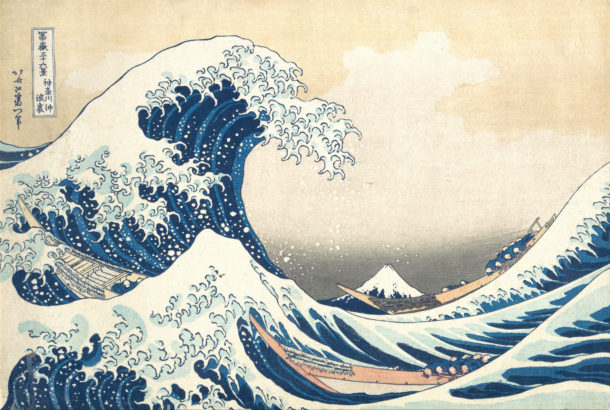
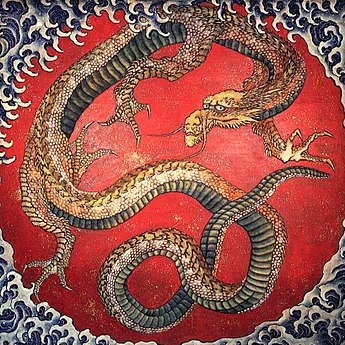
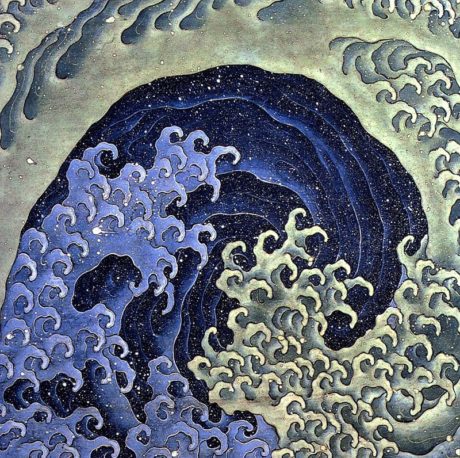
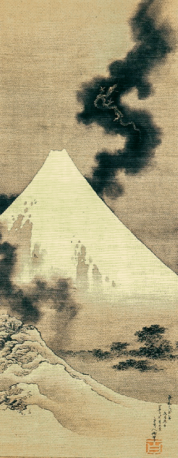
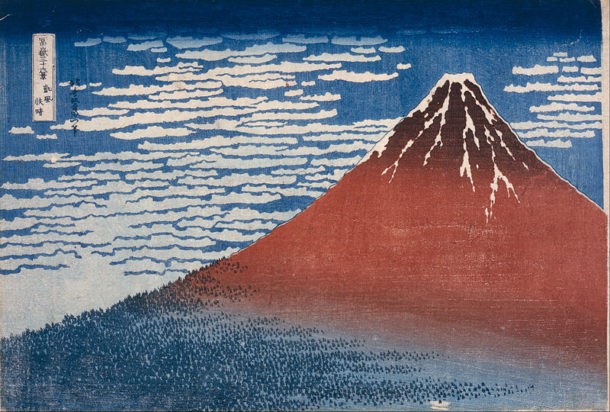
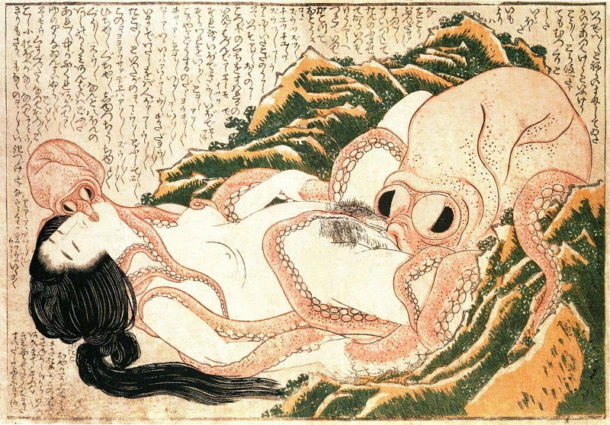
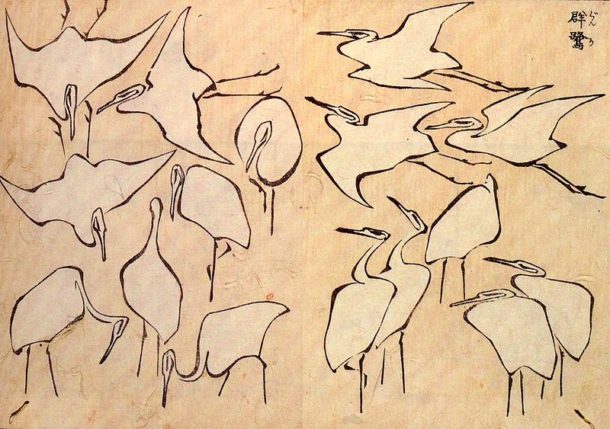
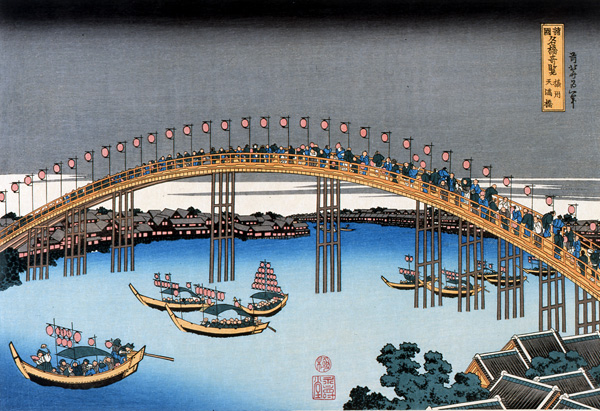
















The opinions expressed by individual commentators and contributors do not necessarily constitute this website's position on the particular topic.